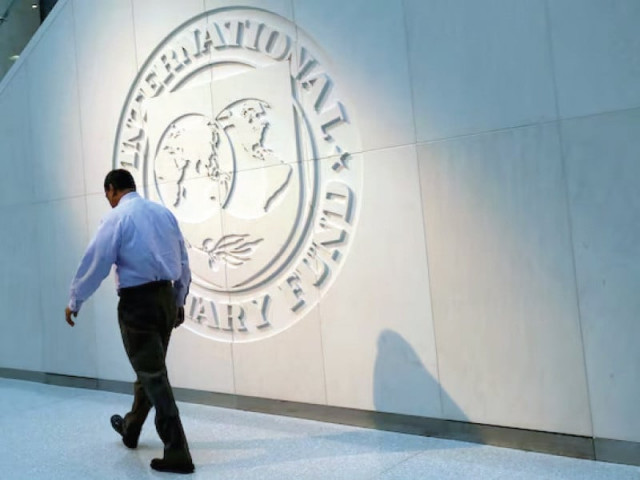Pakistan plans Panda Bond return after IMF loan approval
Finance minister signals revival of commercial borrowing strategy to tackle rising debt, CAD

Pakistan is poised to re-enter the global financial markets to procure expensive ‘commercial borrowing,’ which includes the launch of Panda bonds in the Chinese market, following the anticipated approval of the next International Monetary Fund (IMF) loan programme in the forthcoming fiscal year commencing on July 1, 2024.
During the launch of the Economic Survey 2023-24 in Islamabad on Tuesday, Finance Minister Muhammad Aurangzeb remarked, “commercial bank borrowing is making a comeback. I have already had initial meetings while returning from the United Arab Emirates (UAE).”
Moody’s Ratings, last week, stated that the cost of commercial borrowing may reach 10%, affecting countries in emerging markets like Pakistan, attributing this trend to tight monetary policies causing an increase in borrowing costs in recent years.
Despite the high costs involved, expensive foreign commercial borrowing remains an option available to the government to address maturing foreign debts, interest payments, and the probable current account deficit in the next fiscal year 2024-25.
Aurangzeb mentioned that Pakistan is likely to launch Panda bonds in the Chinese market, either within the ongoing calendar year 2024 or during the subsequent fiscal year (July 2024 to June 2025).
Previously, the minister had announced that the government aims to raise up to $500 million by selling Panda bonds to tap into the vast Chinese financial market, which could potentially include borrowing from a Chinese commercial bank, as Pakistan has done in the recent past.
Earlier in the fiscal year, interim Finance Minister Shamshad Akhtar abandoned the idea of raising financing through the sale of Eurobonds and Sukuk in international markets due to the high cost of borrowing.
In response to a question, Aurangzeb stated that the volume and pattern of foreign debt repayments, interest payments, and rollovers in FY25 would resemble those of FY24.
To recall, Pakistan was scheduled to repay a total of $24.5 billion in FY24, including interest payments. State Bank of Pakistan (SBP) Governor Jameel Ahmad reported on Monday that the government has paid $10.8 billion in foreign debt obligations thus far, with another $11-12 billion rolled over in the first 11 months of FY24.
Additionally, he mentioned that the country would pay another $1 billion this month (June 2024) in foreign debt and interest payments. Despite these significant payments, the country’s foreign exchange reserves are expected to remain stable at the current level of around $9 billion by the end of the outgoing year on June 30, 2024.
Responding to another question, Aurangzeb acknowledged that Pakistan’s central bank has been purchasing US dollars from local currency markets to repay foreign debt and stabilise foreign exchange reserves. However, he did not disclose the volume of US dollars bought by the central bank so far in this fiscal year.
Earlier, The Express Tribune reported that the State Bank of Pakistan had purchased around $6 billion from the currency market in FY24.
Finance Minister Aurangzeb claimed that the quality of foreign exchange reserves has significantly improved over the past year, as the substantial growth in reserves to $9.11 billion at present was not solely due to increased foreign debt. He highlighted that the current foreign exchange reserves of $9.11 billion provide a two-month import cover, which is significantly better than the mere two-week import cover observed with reserves below $3 billion in the late fiscal year 2022-23.
Pakistan is expected to repay a substantial sum of $10 billion in foreign debt obligations in June and July 2024. SBP Governor Ahmad stated recently that the government has made arrangements to honour these debts over the two months. He mentioned that the bank would allocate $2 billion for debt and interest payments during these two months and roll over the remaining $8 billion. “The rollover process has been initiated,” he added.



















COMMENTS
Comments are moderated and generally will be posted if they are on-topic and not abusive.
For more information, please see our Comments FAQ